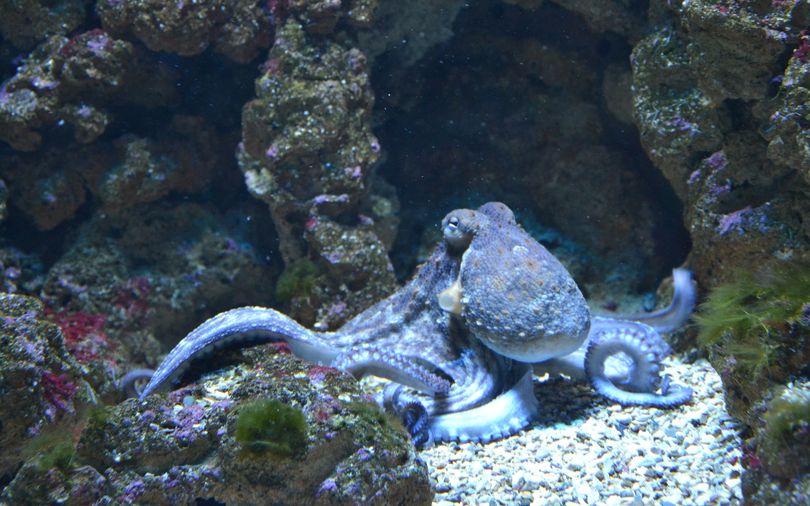
This 3D-printed smart gel can help build devices that mimic sea creatures


Researchers at Rutgers University in the US have used 3D printing to create a smart gel which can be used to create underwater devices that mimic aquatic life, according to a report in Press Trust of India.
The report stated that the gel may help scientists and researchers build soft robots that can behave like octopus and other sea creatures.
Researchers can also use the gel to develop heart and stomach muscles with small medical devices attached to them which can be used for detecting diseases and delivering medicines.

"Our 3D-printed smart gel has great potential in biomedical engineering because it resembles tissues in the human body that also contain lots of water and are very soft," Howon Lee, an assistant professor at Rutgers University, was quoted as saying.
The smart gel is a hydrogel and can remain in a solid state despite being in contact with articles with more than 70% water content. The researchers said that they created the smart gel by projecting light on a photo-sensitive solution during the additive manufacturing process.
The report further added that the gel could be much cheaper to develop than hard materials, its size can be scaled down and the designing process could be simpler.

Several researchers have been experimenting with liquid materials in the 3-D printing process.
Last month, researchers from Lawrence Berkeley National Laboratory partnered with the US Department of Energy to come up with an all-liquid 3D-print structure, which is expected to help create a variety of new electronic devices.
According to a Digital Trends report, the researchers used liquid as the core material in a modified 3D printer to achieve the “additive process”. The researchers injected small streams of water (a few milimetres in diameter) into silicone oil to sculpt tubes of liquid within another liquid.

The scientists said that the technique can be used for liquid electronics.
